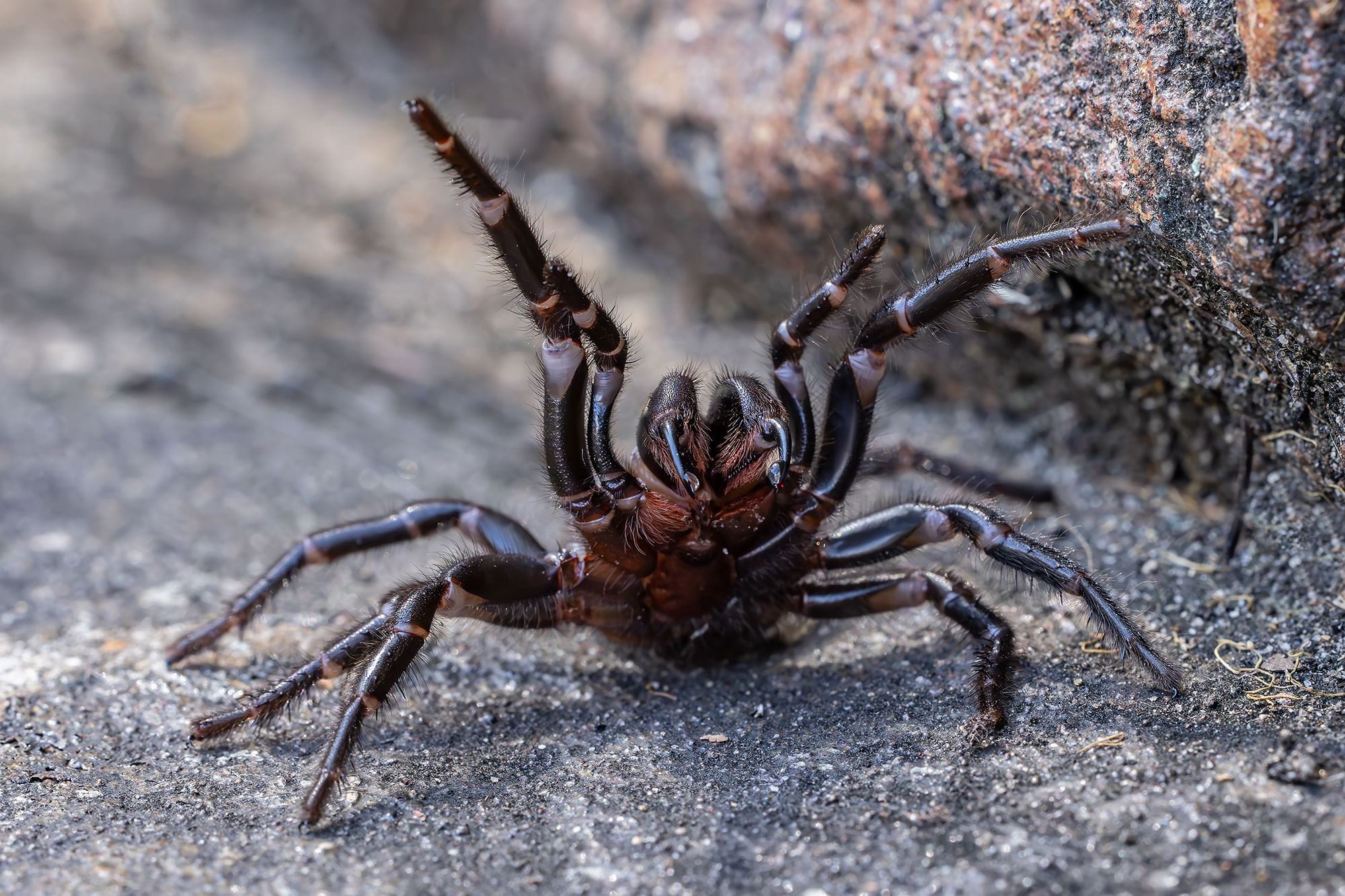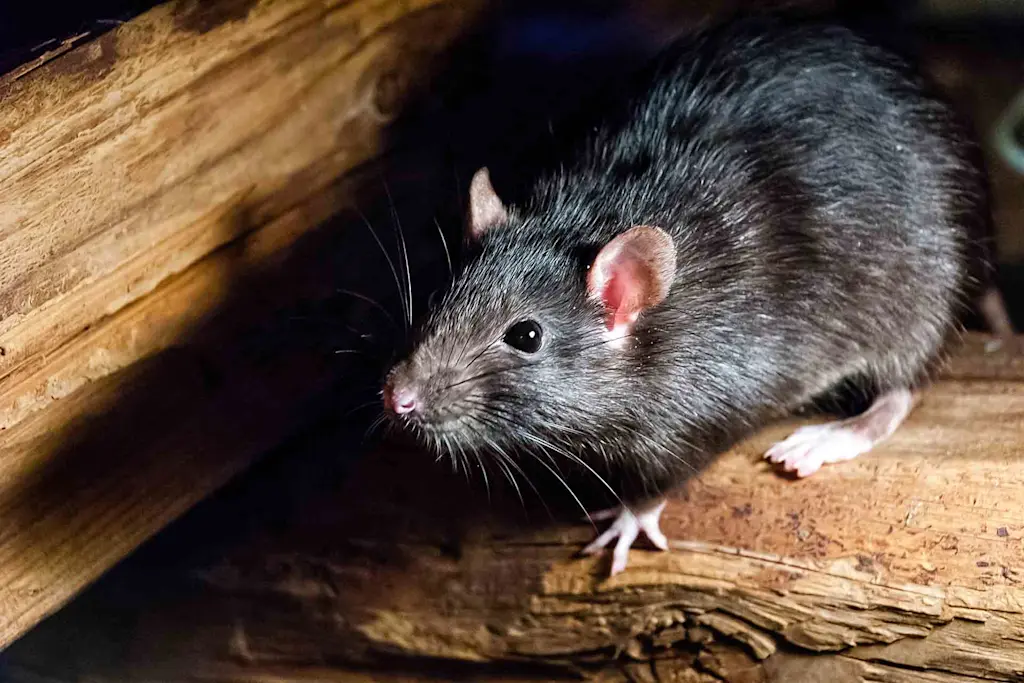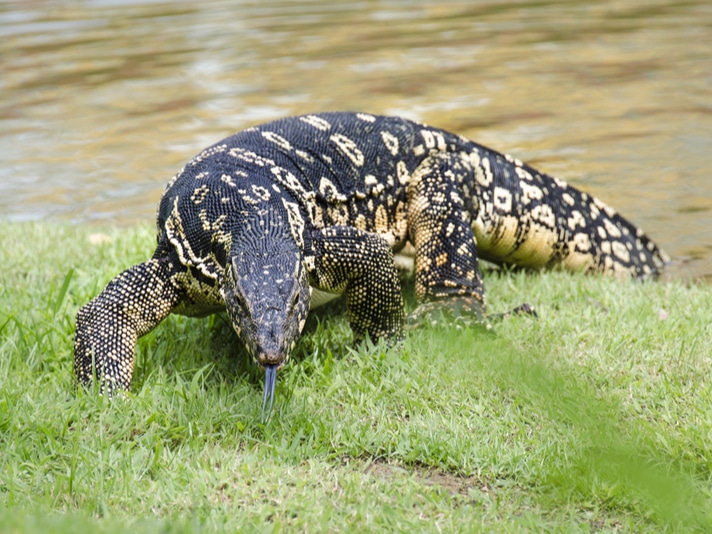Funnel web spiders are a group of spiders known for their unique web structure, which features a funnel-shaped retreat. There are two main types of spiders commonly referred to as “funnel web spiders”: those in the family Agelenidae, found worldwide, and the Australian funnel-web spiders in the family Atracidae.
Agelenidae Funnel Web Spiders
- Physical Description: These spiders are medium-sized, typically 8-12 mm long, with brown and gray bodies and banded legs. They have eight eyes arranged in two rows.
- Web Structure: They build sheet-like webs with a funnel-shaped retreat. The web is not sticky but rather slows down prey, allowing the spider to catch it.
- Habitat: Found worldwide, they often live in grass or low vegetation and sometimes in abandoned burrows.
- Behavior: They are generally harmless to humans and feed on flying insects.
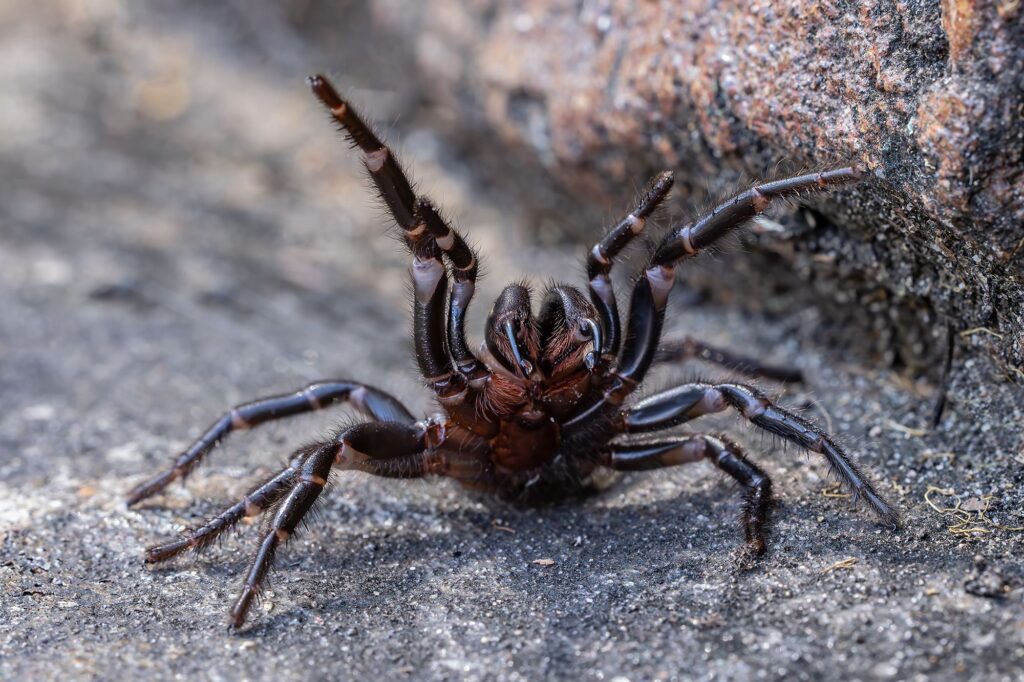
Australian Funnel-Web Spiders
- Physical Description: These spiders are larger, typically 1.5 to 4.5 cm in body length, with a glossy dark brown to black carapace.
- Web Structure: They build burrows lined with silk, creating a funnel-shaped tunnel to capture prey.
- Habitat: Found in eastern Australia, they live in moist, cool habitats under rocks or logs.
- Behavior: Nocturnal and dangerous to humans due to their venom, which can cause serious illness or death.
Habitat and Distribution
Agelenidae
- Global Distribution: These spiders are found worldwide, often in grasslands, gardens, and other low-vegetation areas.
- Web Placement: Their webs are typically placed close to the ground, allowing them to catch insects that walk into the web.
Australian Funnel-Web Spiders
- Australian Distribution: They are native to southern and eastern Australia, including Tasmania.
- Burrow Placement: Burrows are usually under rocks, logs, or in tree trunks, providing a sheltered environment.
Behavior and Diet
Agelenidae
- Diet: They primarily feed on flying insects that get caught in their webs.
- Behavior: These spiders are generally solitary and only leave their webs if disturbed frequently.
Australian Funnel-Web Spiders
- Diet: They also feed on insects and small animals that get trapped in their silk threads.
- Behavior: Males often wander at night in search of mates, which can lead them into human contact.
Reproduction and Lifespan
Agelenidae
- Reproduction: Spiderlings hatch from eggs and look like small adults. They molt to grow and eventually build their own webs1.
- Lifespan: Most live for about a year, though some may live longer in warmer climates.
Australian Funnel-Web Spiders
- Reproduction: Females lay eggs in a silk egg sac and guard them. Spider lings leave the burrow after a few months.
- Lifespan: Females can live up to ten years, while males typically die shortly after mating.
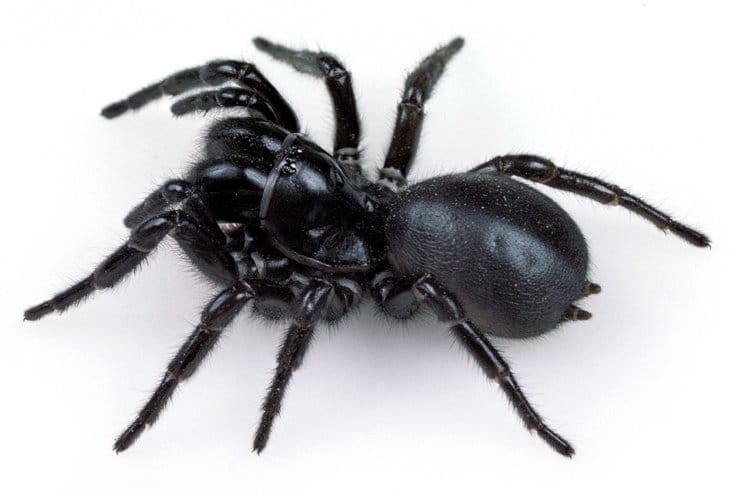
Venom and Danger to Humans
Agelenidae
- Venom: Their bites are generally harmless to humans, though they can be painful.
Australian Funnel-Web Spiders
- Venom: The venom is highly toxic to humans and can be deadly if not treated promptly. Males are particularly dangerous due to their aggressive behavior during mating season.
Conclusion
Funnel web spiders, whether from the Agelenidae or Atracidae families, are fascinating creatures with unique web structures and behaviors. While the Australian funnel-web spiders pose a significant threat to human health, the Agelenidae spiders are generally harmless and beneficial as pest controllers. Understanding these spiders can help appreciate their role in ecosystems and manage encounters safely.

